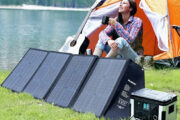Exploring the great outdoors can be much more enjoyable when you’re comfortable in what you’re wearing. This perfectly explains why hikers, trail walkers and backpackers pay that much attention to the finer details of their equipment. Ask any hiker or backpacker who has purchased a poor-fitting pair of hiking shoes and you’ll hear the horrors of an uncomfortable journey.
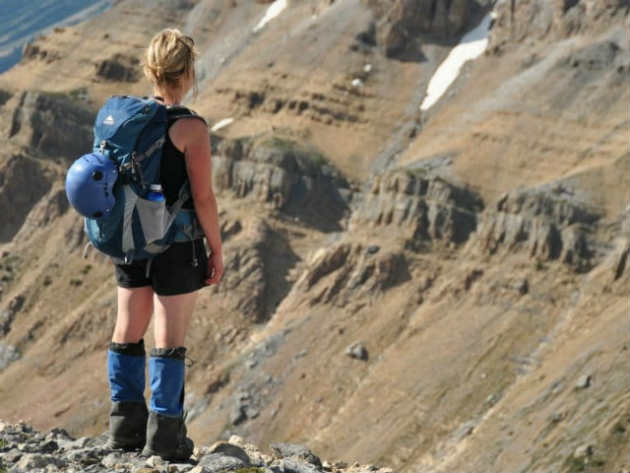
Along with a great pair of hiking shoes comes the need for keeping the inside of those shoes dry and debris-free. Water, pebbles, and all sorts of wildlife have a way of sneaking through even the most waterproof models and turning your outdoor adventure into an uncomfortable mess. Here is where gaiters for shoes come into play. Designed to cover the top of your boots, gaiters add an extra layer of protection to your feet, ensuring a comfortable and safe outdoor adventure.
What are gaiters for shoes?
These pieces of equipment are nothing more than fabric guards with attachments that allow them to easily wrap around your ankles and hook under the heel of your boot. A gaiter also fastens at the top for a snug fit and comes with a drawcord for adjustment. Aside from making a real difference in wet weather conditions, gaiters for shoes protect your legs even further by acting as a shield in the vulnerable area between the edges of your pants and your walking shoes or boots.
How do gaiters work?
When hiking, chances are you will kick up loose debris, like stones or mud. If loose debris ends up lodging in your footwear (and it probably will), it will cause extreme discomfort for your feet. And if it’s been raining, you’re bound to come across puddles and sticky mud. Not to mention crossing streams and marshy land if you’re traversing diverse terrain. The purpose of hiking gaiters is to stop anything from entering your boots or trouser legs. But that is not all. Gaiters also prevent scratches and abrasions on your legs and act as a barrier against bites from snakes and leeches.
TYPES OF GAITERS
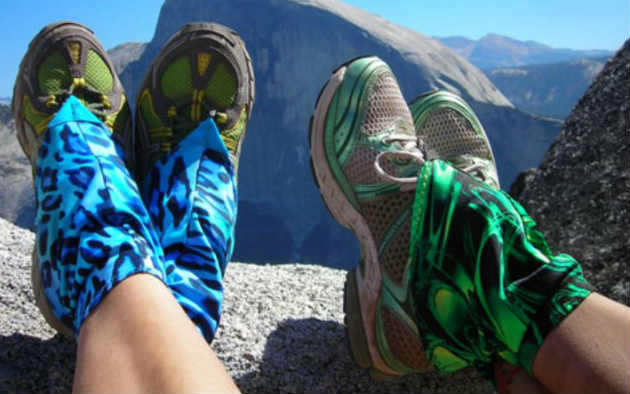
Ankle Gaiters
These are the most popular form of walking gaiters. They bind to the ankles and offer protection from the top of the footwear to the bottom of the trousers, covering the crucial gap in between. Ankle gaiters are often used for trekking on trails in fair weather that isn’t too harsh and through terrain that isn’t too challenging.
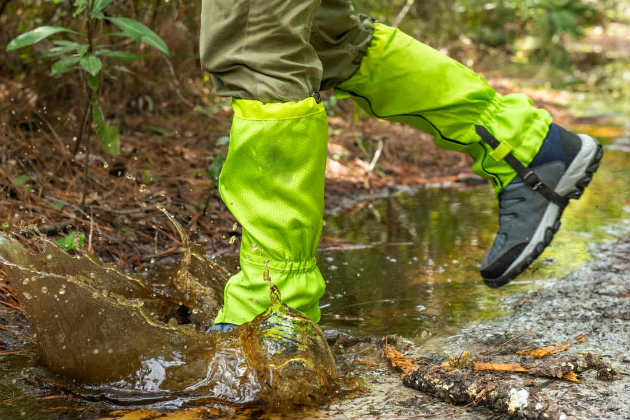
Full-Length Leg Gaiters
These are the classic gaiter style. As their name suggests, full-length gaiters cover the shins up towards the knee and protect the entire lower leg from water and debris particles. A common choice for serious hiking enthusiasts and hillwalkers, these accessories are the perfect way to safely seal in your lower half.
Expedition Gaiters
Expedition gaiters are designed for high-level outdoor pursuits, such as mountaineering and alpine expeditions. They are extremely waterproof and breathable, meaning you can wear them for very long periods of time without feeling uncomfortable or restricted in any way. Plus, their top performance ensures your legs and feet can handle anything.
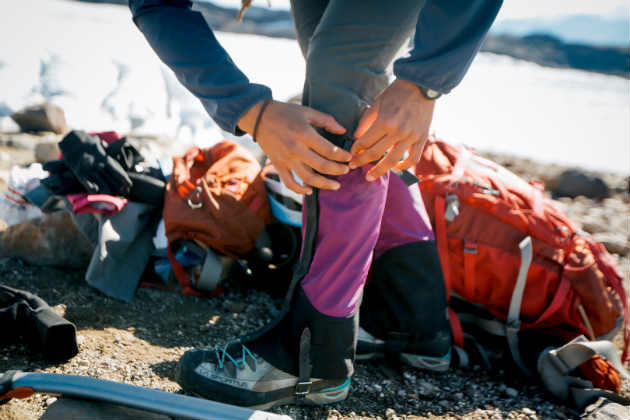
FEATURES TO CONSIDER
Fabric
Gaiters are made from synthetic fabric, generally polyester or polyurethane-coated nylon. The type of fabric the gaiter is made from determines the level of performance of the gaiter.
Fastenings
Although a range of gaiter fastenings are available on the market, waterproof zips are the most effective. This type of fastening can be further strengthened by an adjustable strap, securing the gaiter into place. They are also called ‘storm flaps’ and are ideal in cases when the weather takes a nasty turn. An elasticised drawcord gathers around the ankle to help secure the gaiter tightly.
Straps
Stirrup straps are the most common type used as they fasten well and are easily adjustable. Most gaiters feature stirrup straps as they provide the fundamental fastening mechanism for the entire gaiter and enable it to work effectively.
Lace Hook
Gaiters often come with a lace hook, which allows you to tie your shoelaces to the gaiters to optimize their fit. This is also called ‘hoop and loop fastening’. The hook is located on the front of the gaiter, corresponding with the front of the hiking shoes.

How do you wear gaiters?
For beginners, gaiters can be tricky to put on. For this reason, it’s best to set the gaiters up for the first time before you embark on your walk. This will allow you to adjust them freely and avoid problems while you are already deep into your activity. Follow these steps to wear your gaiters correctly.
Put your shoes or boots on. Make sure the gaiters are completely open and ensure that the stirrup strap is fastened to both sides at the bottom. The adjust mechanism should always be on the outside of your footwear.
Position the stirrup strap under your heel. The lace catch should be at the front of the shoes or boots. Don’t fasten it quite yet as otherwise, the tension will be too high for you to zip up the gaiters.
Zip the gaiters up 5 to 7 centimetres and start to engage the adjustable strap to prevent the zip from getting undone.
Fasten the adjustable strap and adjust it on the outside of the foot, aiming for a tight and secure fit.


